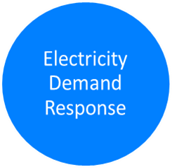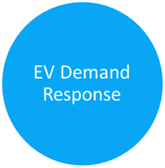
¶ General: What is RENergetic? Why is it important? And why is it important for you?
The EU Horizon 2020 research project aimed at filling gap between the vision so-called “urban energy islands” (see definition below), and the reality of three pilots that engaged on the road towards this vision: The New Docks in Ghent (BE), the Warta Campus in Poznan (PL) and the Hospital and Research campus in Segrate-Milan (Italy). It provides modular building blocks for technical and socio-economic optimization for a high level of energy self-sufficiency that are designed for being replicated across Europe. As such, RENergetic contributes to the New Green Deal, the transition of Europe to the first climate neutral continent by 2050.
This Wiki is part of the replication strategy. It serves as an entrance point for you, who are interested in taking the next step towards energy self-sufficiency in your energy community, apartment block or company, amongst others. You will find here the information and links needed to integrate the modular building blocks into your energy management; these have different levels of requirements for needed data and technical communication, starting with a social toolbox for the active involvement of occupants and ending with a multi-vector multi-objectives optimizer. As you might have different expectations and different views on this offer, we provide various roles that will help you to browse the wiki efficiently.
RENergetic Urban Energy Island Definition
- Space: A geographically delineated area
- Energy: Highly self-sufficient from local renewable sources, covering all energy vectors: electricity, heat & cold, electric mobility
- Responsibility: Energy services for the concerned next-level grid (heat or electricity)
- Psychology: Collective social identity to foster technical acceptance and collaboration
- Organization: Dynamic composition of central and distributed energy management, e.g. via a renewable energy community (REC)
- Economy: Benefits beyond profit maximization, cost-recovery (+x) as minimum requirement
The Project started in November 2020 and continued throughout October 2024. It had 14 partners across Europe and was coordinated by INETUM, Spain. You can find more information about the project on its project website.
RENergetic Objectives
- Maximize the level of energy autarky of a local energy system (energy island) and its share of renewable energy sources at energy consumption
- Create energy island communities with formal underpinnings and a high level of personal identification that support a high intake of renewable energy sources in autarch energy islands
- Enhance the economic attractiveness of renewable-based and autarch local energy systems (energy islands)
- Ensure a high replication potential of the RENergetic solution across Europe with a special focus on the opportunities offered by local energy island communities
RENergetic Results: Modular Building Blocks for Creating an Energy Island
In order to be highly replicable, the project solution is designed as a collection of modular building blocks, that in principle can be implemented independently of each other. However, for all the technical building blocks you will need to integrate central services as the RENergetic forecasting component and connect to the RENergetic platform and GUI. If preferred, you can also use other forecasting and platform services along with the other technical components. Figure 1 shows the RENergetic building blocks: The core of the solution is given by the RENergetic platform; the solutions as heat demand response or local waste heat simulation are based on the forcasting algorithms and use the RENergetic GUIs for communication. MuVecO, the multi-objective, multi-vector optimizer integrated the demand-response solutions and optimizes them. The outer circle is formed by the modular building blocks of demand response (DR), simulation (Waste heat reuse) and social campaigning. Please find an overview about these functionalities below - the paragraphs also lead to the corresponding sections in the wiki.
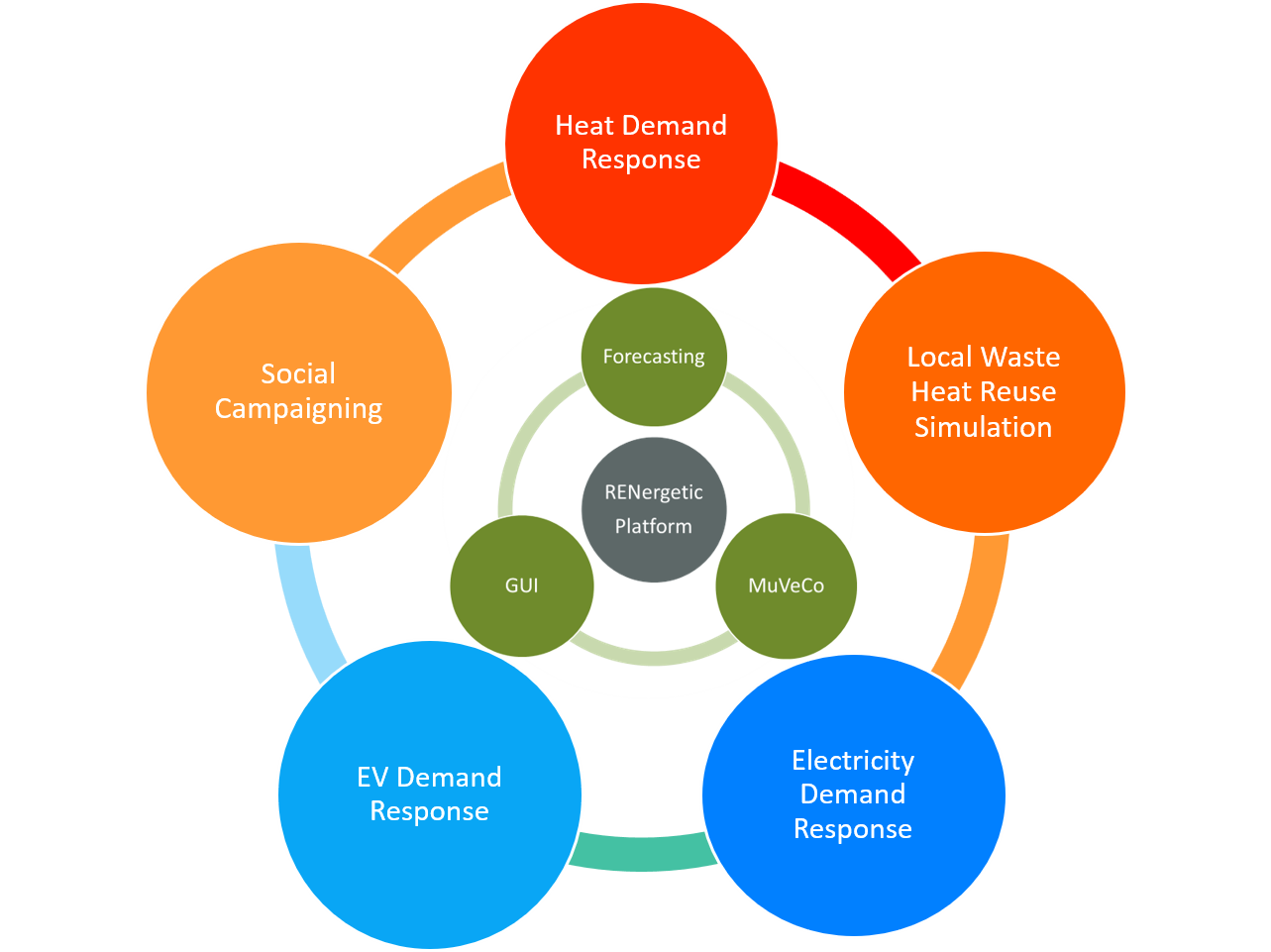
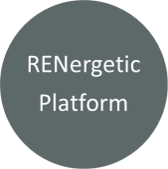
The RENergetic platform hosts the different functional building blocks. It orchestrates the implemented building blocks and manages data flows and communication. It can be adapted to different views for the roles defined for the urban energy island (see: Energy Island Roles section).
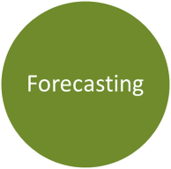
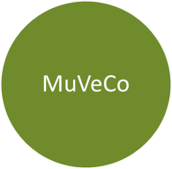
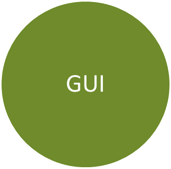

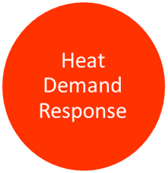
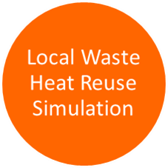
The multi-vector, multi-objective optimizer aims at matching, step by step, the forecasted available supply of local, renewable energy sources with the forecasted energy demand at all times. From this, it generates so-called power profiles for the energy vectors heat, electricity and EV demand, i.e. desirable consumption from these for each hour of the next day as recommendations for energy managers.
